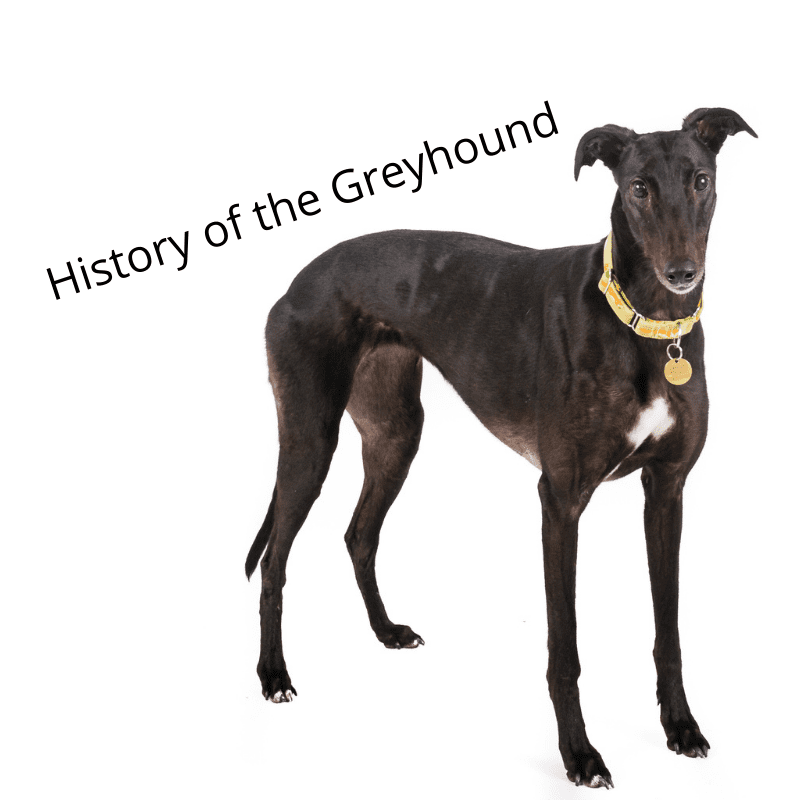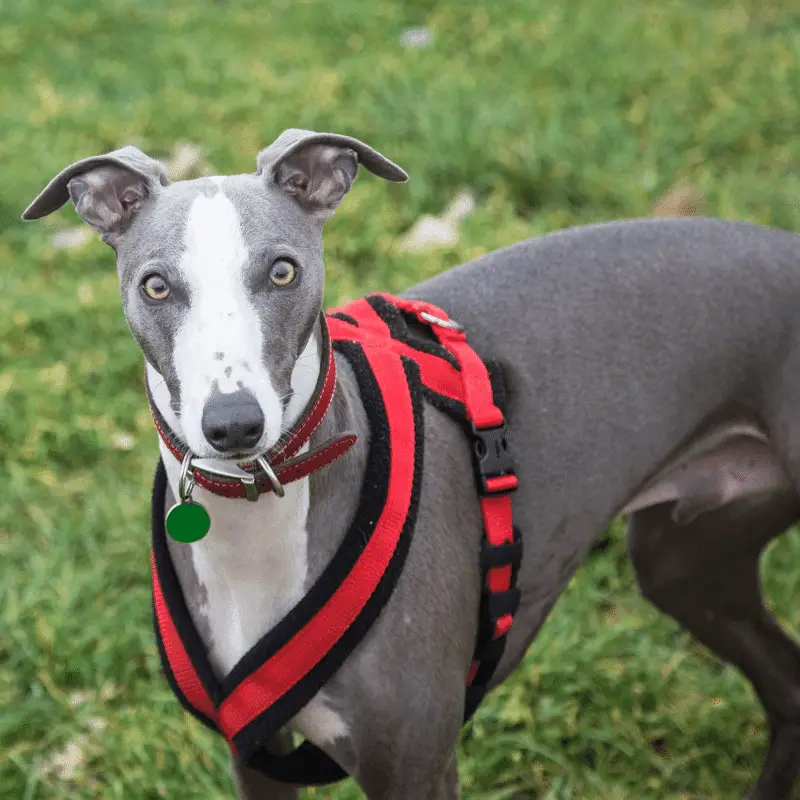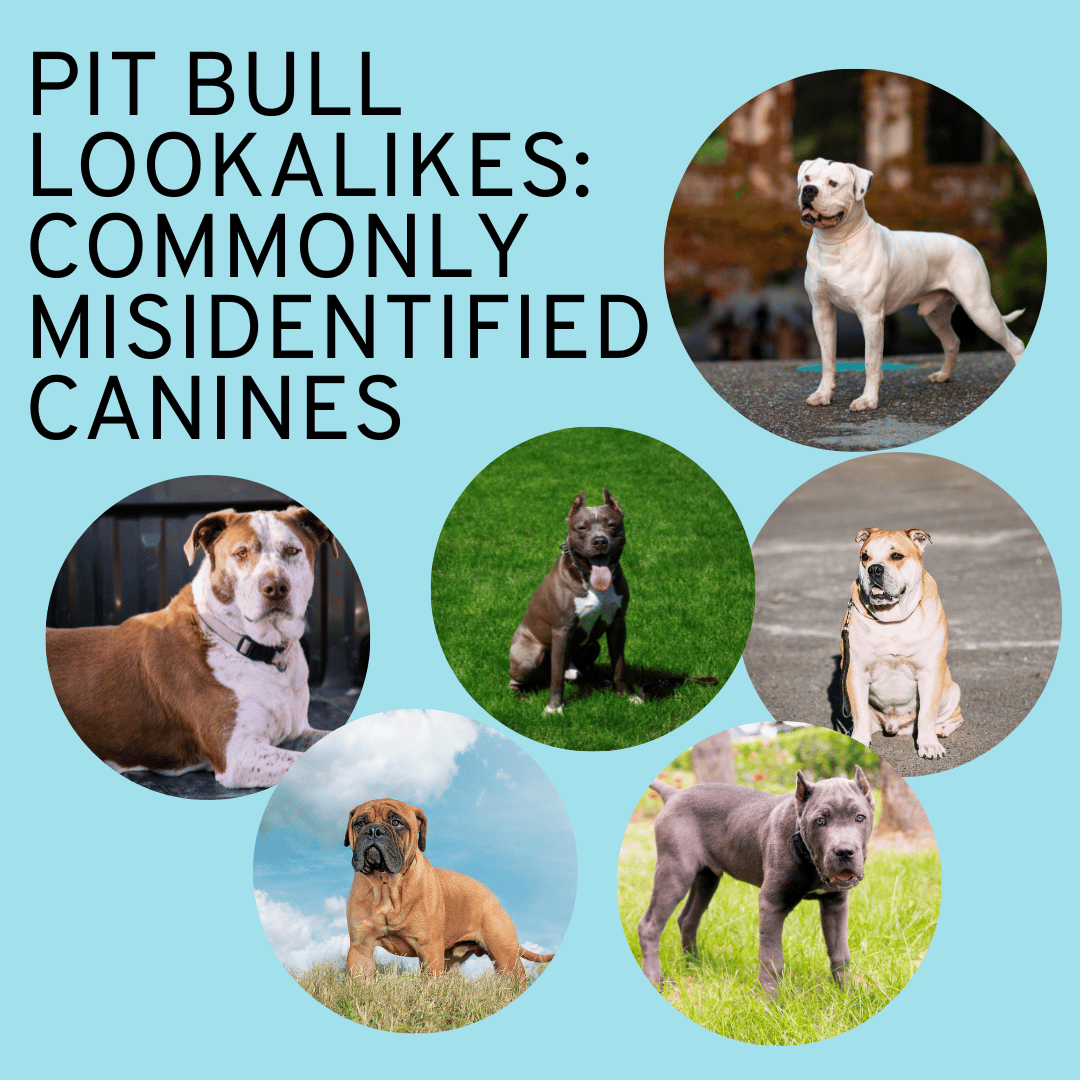When it comes to grace, speed and agility, there is hardly a canine that is as swift as the greyhounds. The greyhounds have been bred and cherished for these breed characteristics as the hunting dogs. With their keen sense of vision and smell, the greyhounds can spot the slightest movements of the prey. Its agility enables the dogs to pursue and capture the target in the blink of an eye. Their intelligence and overall gentle attitude earned them a place with the rulers and kings throughout its incredibly long past.
Origination of Name
The History of the Greyhound cannot pinpoint the origin of the term greyhound. While some think the term originated from the Saxon word Greg or Grech, others believe it is a derived version of the old English word grehunder. The meaning of the word Grech is Greek, indicating a Greek origin of the breed, while the old English word means hunting dogs.
Yet other section of people thinks that the name of the breed came from a corruption of an array of relative terms like gazehound, which means a dog that hunts by sight, Latin word gradus, indicating that the greyhounds belong to the top quality and other terms like a great hound or greek hound.
Simply put, the term greyhound has more depth than the apparent meaning of a hound of grey colour. The reason is a simple belief that the grey-coloured greyhounds tend to have behavioural issues and are poor racers. That’s why over time, the grey-coloured greyhounds were bred out.
History
6th Century BC
The researchers think that the breed might have appeared in the middle eastern countries during this time. The cave paintings prove that a breed of dog with delicate heads, deep chests and long legs used to live with the ancient men. The cave paintings depict that those dogs used to accompany the cave people during hunting.
3000 BC-1000 BC
The greyhound first made a well-documented appearance in ancient Egypt. In ancient Egypt, the ancestors of the modern greyhounds were kept as companions and often used for hunting. They used to worship the greyhounds, and Egyptians mourned the death of a greyhound in the same way as the death of a family member.
In the event of the death of the greyhounds, the family used to stop eating, shaved their heads and mourned the loss of their pet. The dogs were mummified and buried by the side of their owners in the pyramids. This indicates that the greyhounds were the pets of the royal families or the rulers. Historians sometimes interpret Anubis, the famous Egyptian God, as a part greyhound and part human.
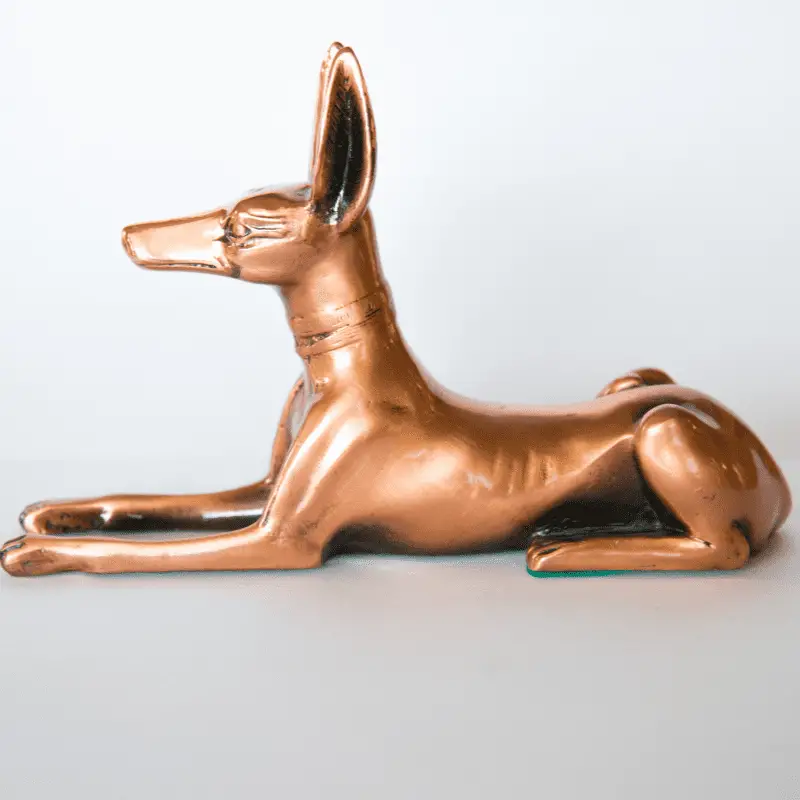
The greyhounds can also be found in the paintings of the ancient Egyptian tombs. A tomb painting from 2200 BC depicts the features of a dog that looks like a modern greyhound. The pharaohs known for owning many greyhounds are Tutankhamen, Thutmose III, Amenhotep II, Queen Hatshepsut and the famous Queen Cleopatra VII. As the Egyptian royalties and rulers kept doing business with people from other lands, the popularity of the greyhounds spread.
1000 BC
The greyhounds most probably came to Greece around 1000 BC. Apart from the tomb paintings, the mention of the greyhounds is first found in Homer’s literature. In Odyssey, Odysseus was only recognised by his pet Argus upon returning to his home. The greyhounds secured a place among the ancient Greek Gods as well. The Goddess hunting Athena is often accompanied by hunting dogs that look suspiciously similar to the modern greyhounds.
325 BC
The History of the Greyhound supports that Alexander the Great used to be accompanied by a greyhound Peritas in all his military campaigns. The coins and arts of ancient Greece also depict the presence of a short-haired hound that looks like the modern greyhound. Other than Athena, the other Grek Gods, like Hecate, Artemis, and Pollux, was often accompanied by the greyhounds.
1st Century AD
The Romans first got acquainted with the greyhounds with the help of the Greeks. As the Roman Empire expanded, the popularity of the greyhound also became widespread. The Romans started experimenting with the speed and agility of the greyhounds. In 124 AD, a Roman writer, Flavius Arrianus, wrote that the purpose of coursing the greyhound is not to apprehend the hare but to enjoy the chase itself. It was this coursing which later turned the greyhounds into sporting dogs.
9th Century
The greyhounds probably came to England during this time. Due to the turbulence created by the crusades, conquests and wars, the greyhound breed almost became extinct in the middle ages. The breed survived thanks to the clergy members and monks who bred the greyhounds for the monarchs and nobility.
10th Century
During this time, King Canute created Forest Laws that prevented the enslaved people and the serfs from owning and even hunting greyhounds. During this time, one could genuinely identify a person’s noble lineage by horse and greyhounds. The greyhounds appear in many artworks and literature of this time. The greyhound is the first dog that was ever mentioned in English Literature. In his Canterbury Tales, Chaucer said the greyhounds for the first time.
14th Century
Greyhounds first came to America with Christopher Columbus. While one greyhound of his expedition entourage reached as far as Mexico, others travelled through America.
16th Century
By this time, the greyhounds were so popular that many nobility started using them on their coats of arms. Even though they began earlier, the coursings became extremely popular. Queen Elizabeth I of England was very fond of the coursings of the greyhounds. She ordered Duke or Norfolk to create rules for judging competitive coursing. The History of the Greyhound Indicates that the renaissance rule of coursing was published in 1638.
The 1700s
Greyhounds first travelled to Canada in the late 1700s. During this time in England, coursing was changing and slowly transforming into a competitive sport. As it was also gaining significant popularity, the breeders started concentrating on the coursing abilities of the dog while breeding them.
In the late 1700s, the Earl of Oxford obsessively tried to breed the perfect greyhound. He attempted to crossbreed the pure greyhounds with other breeds, which resulted in the now-famous greyhound bulldog breed. These dogs were of very high quality and became popular almost in no time.
The 1800s
During this time, a large shipment of greyhounds was brought from Ireland to control the jackrabbit epidemic in the Midwest. Later, the Americans used the greyhounds for hunting coyotes and tracking down the native Americans.
In 1876, the transition from coursing to racing started in England. During this period, an artificial lure was used in front of the dogs to make them run faster. In 1886, one of the first national coursing meets was held in Kansas. However, it did not become as popular in the United States until later.
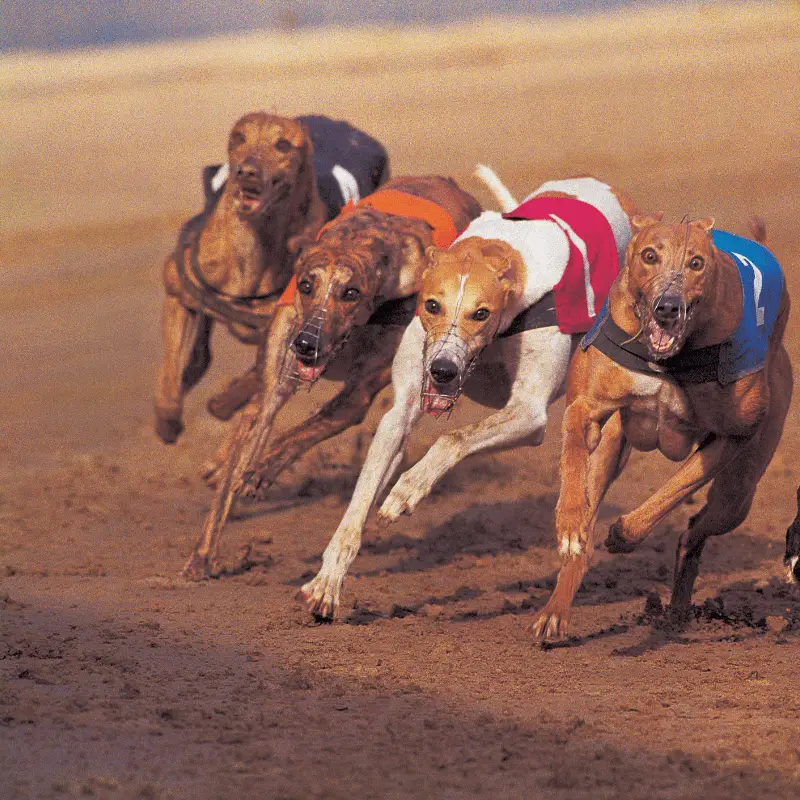
Early 19th Century
In the early 1900s, an American, Owen Patrick Smith, developed a lure that could run on the oval tracks. This is when profound changes have occurred, and greyhound racing became a big sport.
History of the Greyhound shows that this innovation resulted in launching the first greyhound track for racing in Emeryville, California, in 1919. This track completed the transformation of the greyhound from a royal companion to a racing commodity. In no time, the racing stopped being only a gentlemen’s sport and became a commodity for all. By the side of the blue-blooded rulers and the lords, the ordinary folks also started betting on the race.
In this racing, it became unnecessary to kill the rabbits anymore. Instead, the design allowed the greyhounds to run through an oval track displaying to a larger audience.
The round racing track became a symbol of American races, and slowly, England, Australia and Ireland adopted this tracking system.
1991
During this time, greyhound racing was the most popular sport in some countries, including the USA. Since then, the casinos have changed the popularity of greyhound racing. Since then, negative publicity and the lack of interest and protesting have caused some tracks to close down.
2001
During this time, there were about 50 greyhound racing tracks in 15 states.
2015
The number of tracks came down further in later stages. If the trend continues, the greyhound tracks will soon be closed throughout the United States. Currently, there are only 21 tracks in 7 states of the USA. As there are only a handful of sources of greyhounds other than the racing industry, we might have to turn to the countries that still allow racing for the breed’s survival.
Even though greyhounds are mostly known for their hunting skills and agility, they are also compassionate souls. Their affectionate and gentle nature makes these dogs great companions for the families. We are living in a time right now that, perhaps for the first time in a very long period, are showing the dogs the love and affection they genuinely deserve.
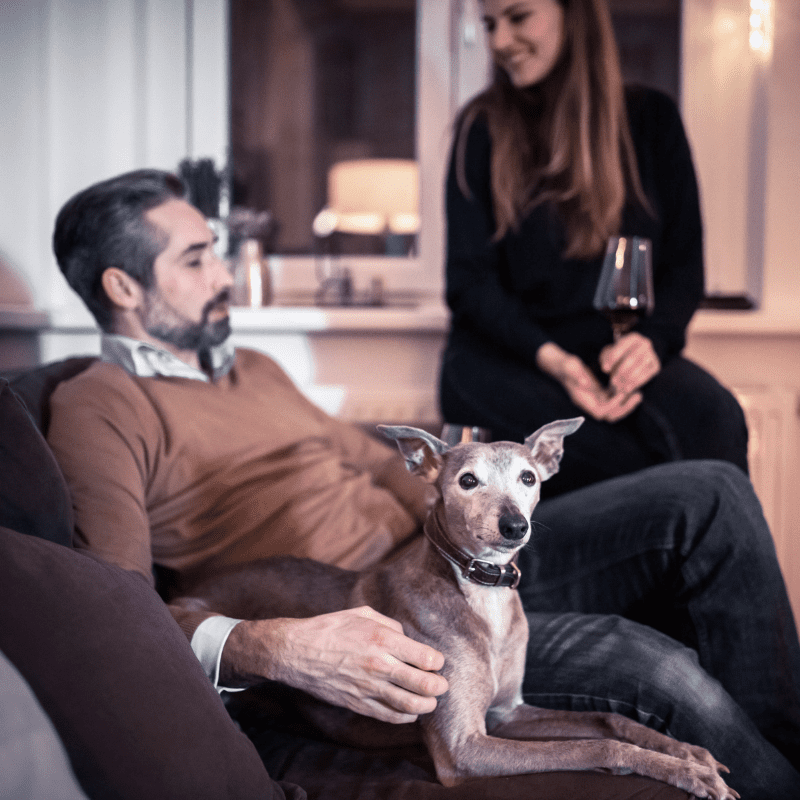
So, we might be the best people to shun the brutal reality of greyhound racing and acknowledge the love and affectionate nature of the dogs by adopting them. The history of the greyhound indicates that if you want a gentle, loving and loyal companion, there are no better choices.

